Price: £4950
Mileage: 63,000
Condition: Fresh from dry storage
Advert: eBay
Certain nameplates carry instant unexceptional kudos. Allegro. Montego. Cavalier. We’d throw Carina on the list too; Toyota’s large family car has never really set the world on fire, instead doing reliable service in the background while more attractive and dynamic rivals accrued column inches. Even stints in the BTCC, across a few generations, struggled to imbue it with desirability.

A confusing name probably didn’t help matters, because while the car you see here is called the Carina II, it is not, really, the second generation of the model, it’s the first.
It’s one of those quirks of the Japanese car industry, since in Japan, Toyota sold another, unrelated model called the Carina. If you go far enough down the rabbit hole – I’ve done it so you don’t have to – you’ll discover Toyota sold a Corolla II, too, which was really just a dressed-up Tercel.
More confusingly still, Carina IIs are loosely related to Carinas, though that really is a Wikipedia tumble, and all you really need to know is that the Japanese ones were more like a four-door Celica, whereas the cars that came to the UK in 1984 were significantly less sporty.
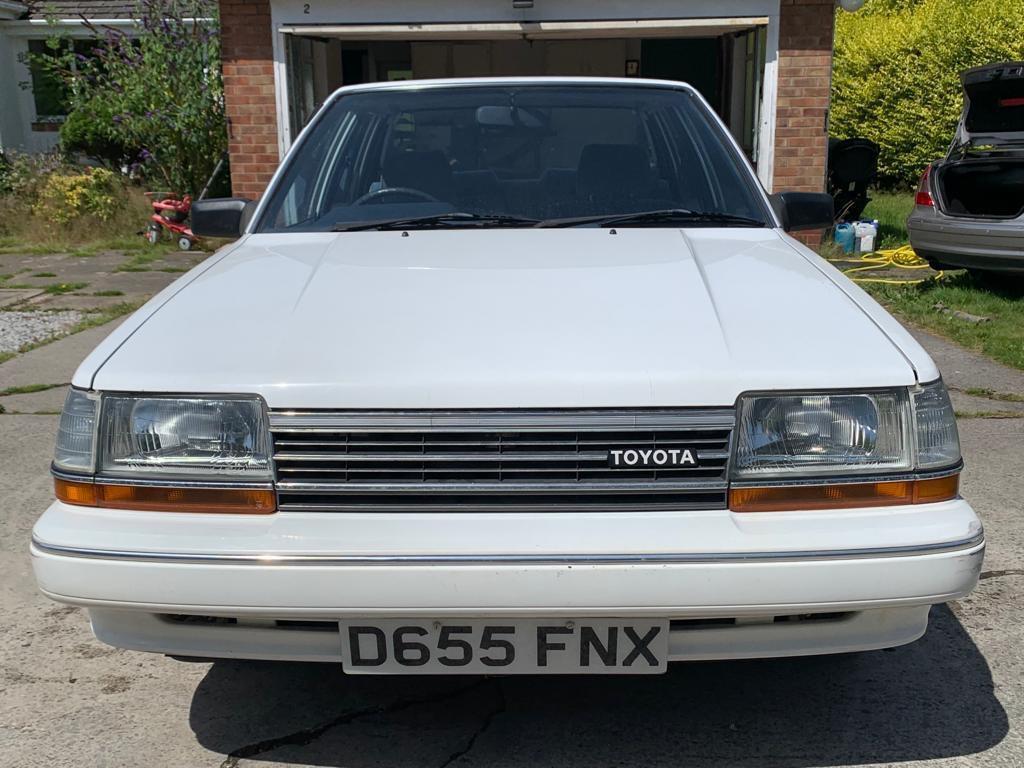
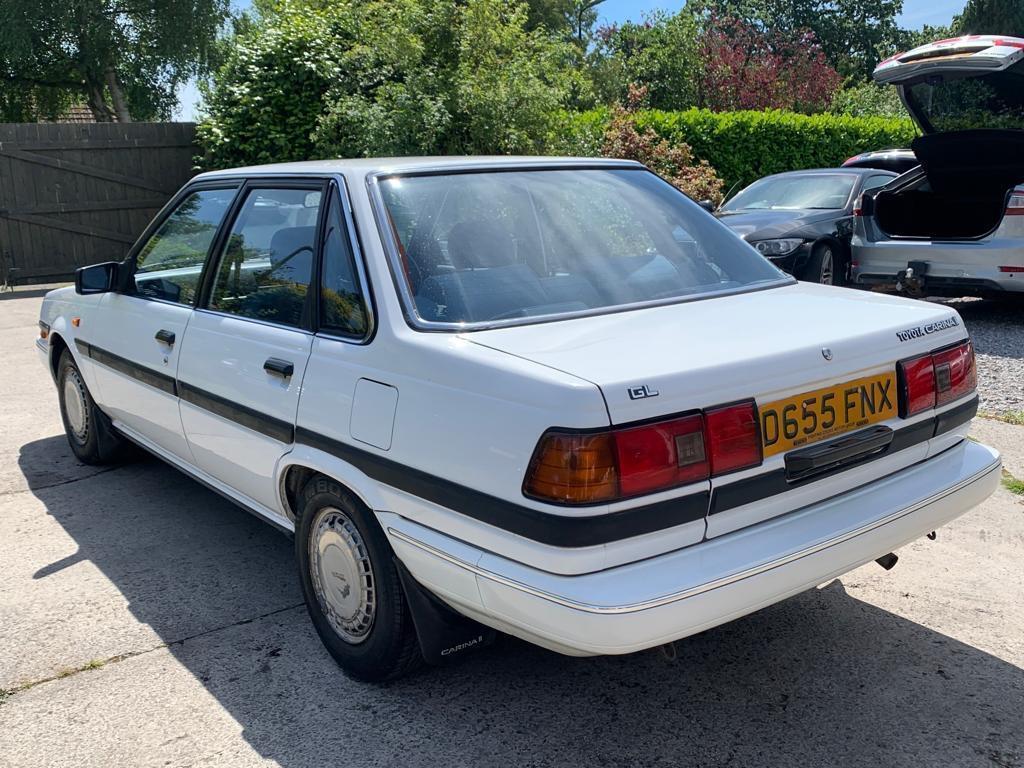
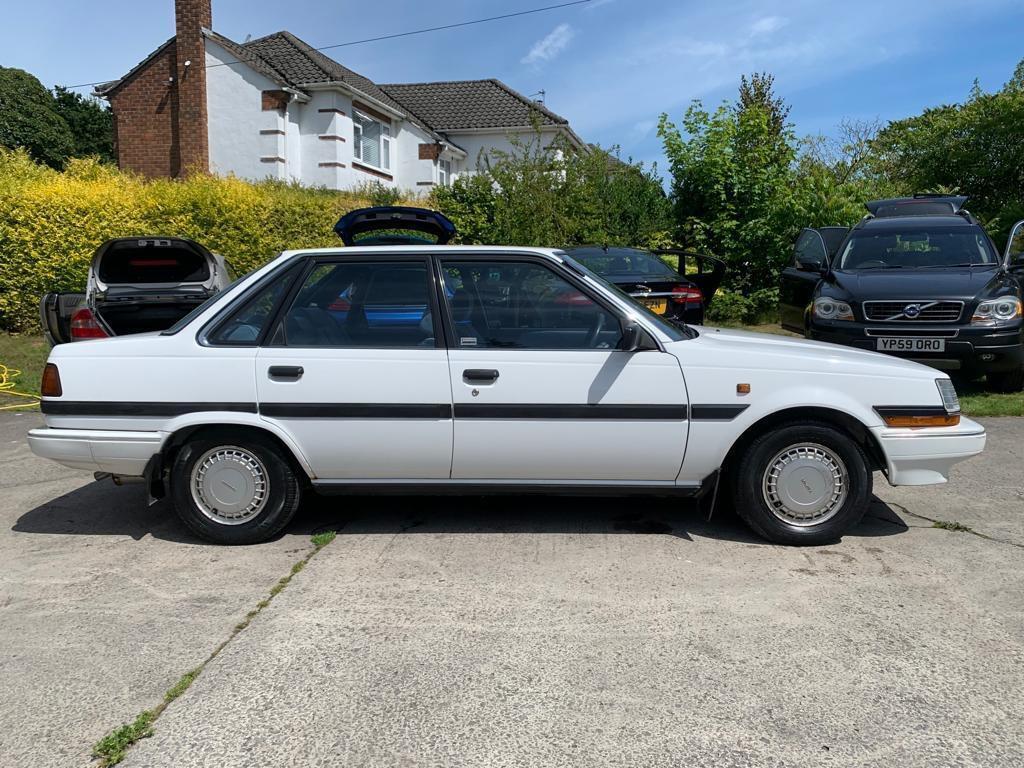
This wasn’t helped by a choice of just two engines: an 83bhp 1.6-litre petrol, and a 72bhp 2-litre diesel, each driving the front wheels.
Our advertised car hosts the former unit, and is likely one of very few left in the UK. Most Carina IIs – not that they appear on the market frequently – tend to be the second-gen car, and the one you might recognise from its early BTCC exploits in the hands of Andy Rouse.
These early ones are in many ways more unconventional, with some unique if not particularly cohesive styling details – check out those wraparound front indicators as an example, and the thick side strip that starts above them and then wraps all the way around the rear of the car.
The interior has a few typical 1980s quirks too, such as the switches mounted either side of the instrument binnacle (something that has actually made a gentle comeback, on cars like the Lexus LC and the new McLaren Artura), and the little coin tray just beside the steering column.
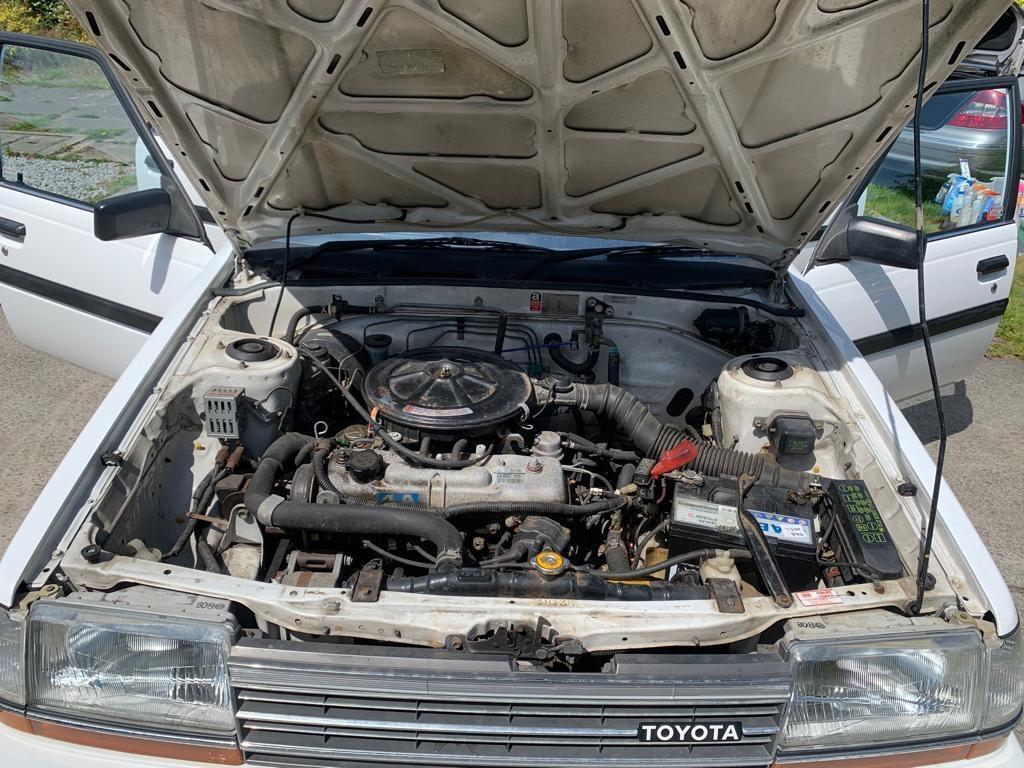
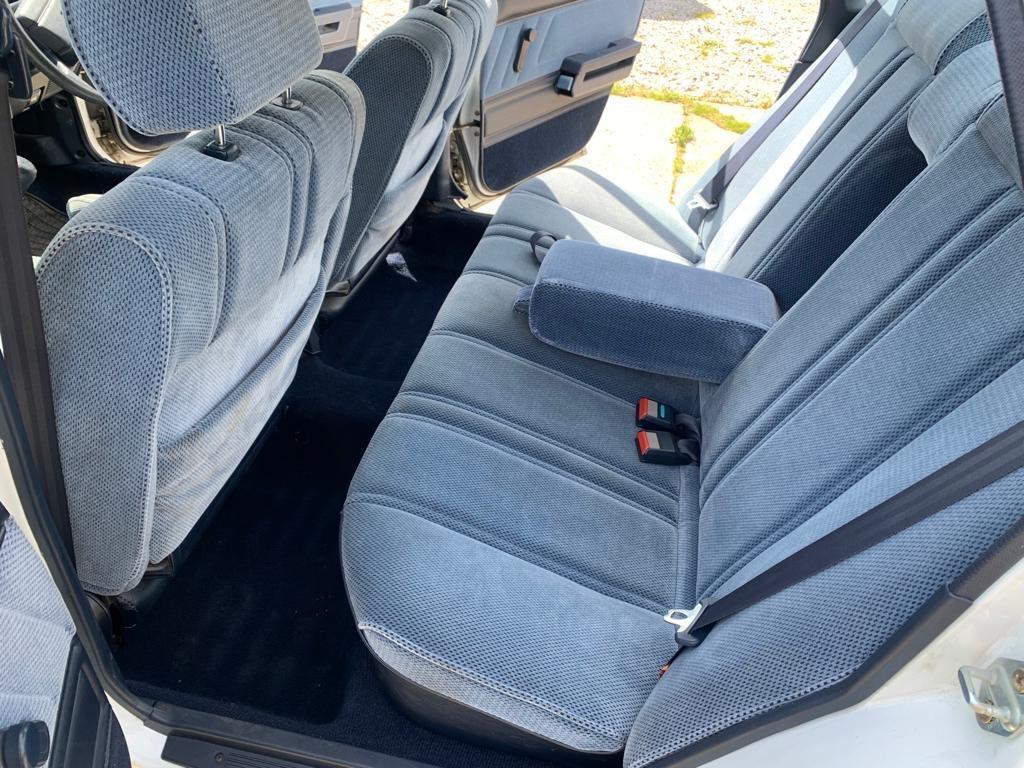
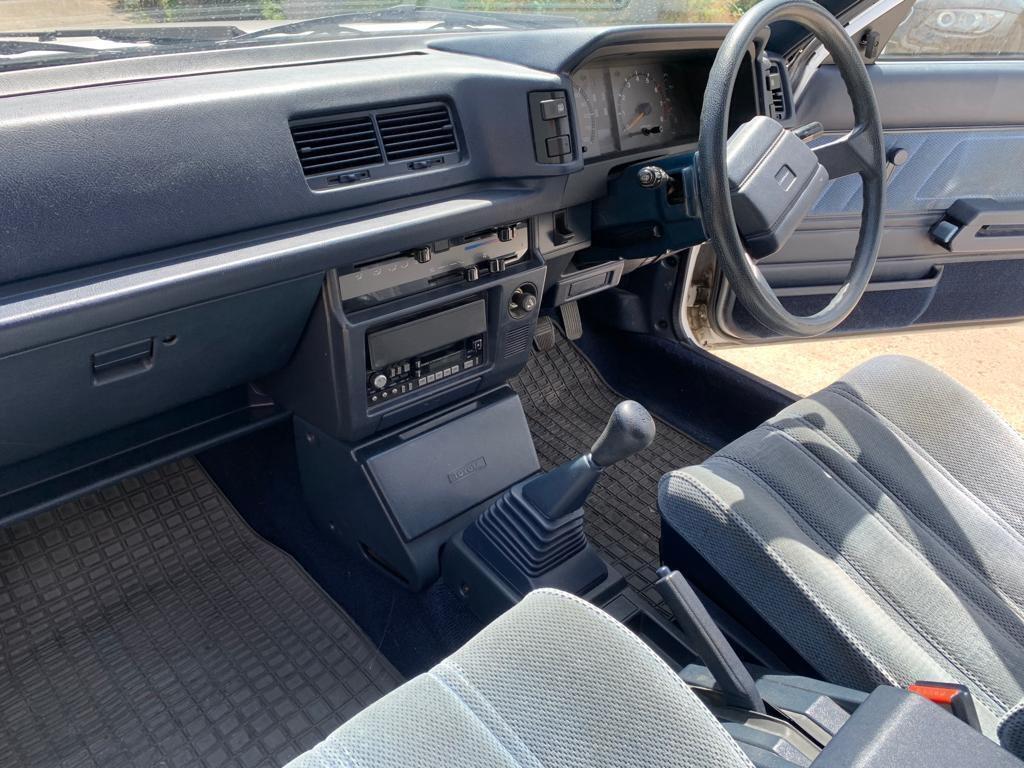
The cabin seems to have held up very well, even considering a relatively low 63,000 miles, though the first thing we’d do is take a wet vac to the seats, which are on the way from their original blue to a browner shade.
Actually, our first priority would be preparing it for an MOT, as it’s not had one since 2014, and lest we forget, as a 1987 it’s not yet exempt from the things. Other than a couple of exhaust-related failures its previous tests have all been clean, and as the ad suggests it’s been dry stored for the last decade (and given it looks smart enough in pictures), so you’d hope that corrosion shouldn’t be an issue.
Then, you’d just want to drive it. Which surely wouldn’t be exciting, but as with many of our unexceptional classified choices, that’s not really the point. For under five grand, you’d almost certainly be turning up at the Festival of the Unexceptional in a car that nobody else has – and you can’t say that about an Allegro or Cavalier.
Read more
Your Classics: Bentley-beating luxury with Warren Christie’s Toyota Century
What is peak Unexceptional, ultimate Ordinaire?
Future Classic: Honda Civic Type R (FK8)


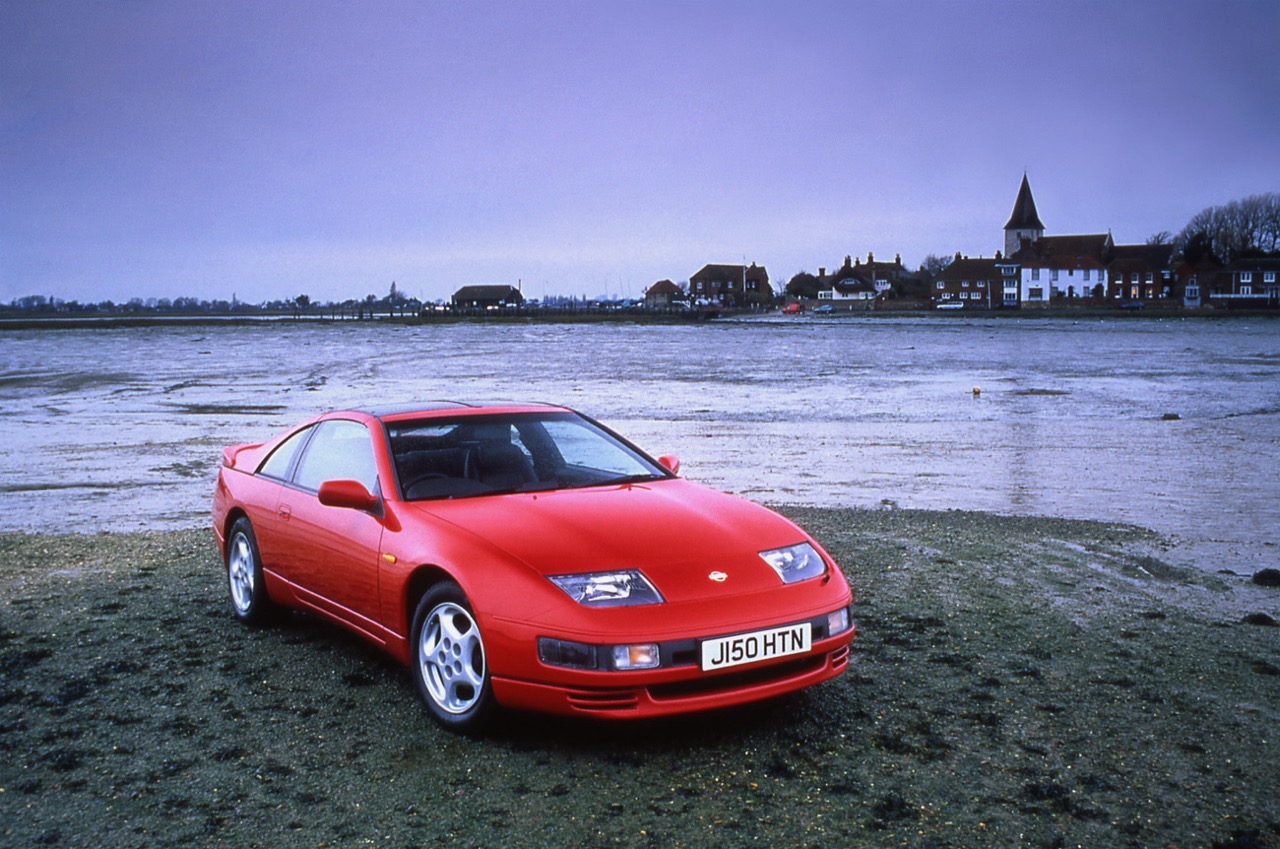







Interested in clasic ( pre2000 Toyotas as I have a 1987 Carina mk 2 with 86000mls on clock. Have fited sstainless exhaust and since 60,000 two new coils. Why do they fail ?